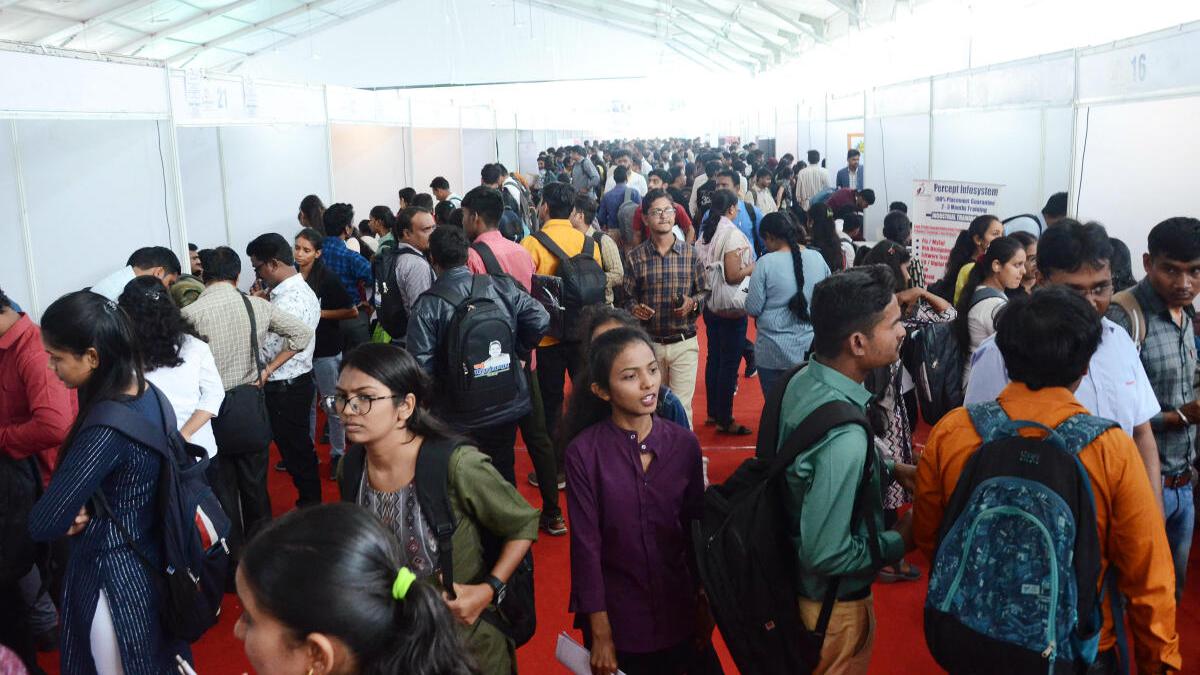
Unemployment remains a concern in India post-pandemic | Data Premium
The Hindu
Unemployment remains a concern post-pandemic: The security breach in Parliament has put the focus on the employment situation in the country, where the Labour Force Participation Rate (LFPR) has been the lowest since 2016-17
Last Wednesday, two men entered the Lok Sabha and sprayed yellow gas from canisters, while two others stood outside Parliament and shouted slogans and sprayed gas from similar canisters. The intruders told the police that they were protesting against the government’s inability to tackle unemployment.
A detailed news report published in The Hindu stated that all four persons were either not employed or were unhappy about their employment status. D. Manoranjan, who opened a canister inside the Lok Sabha, was helping his father in the sheep-breeding and poultry business after completing a course in Computer Science Engineering. Sagar Sharma, who accompanied Manoranjan, was forced to drop out of school after higher secondary due to his family’s financial difficulties and was driving an autorickshaw, according to his parents. Neelam Verma, who protested outside Parliament, used to talk regularly about unemployment and other issues plaguing the poor. Neelam, who holds an M.Phil in Sanskrit, was a government job aspirant from Haryana. Her mother said, “Neelam would often say it is better to die as she could not find a job despite having studied so much.” Amol Shinde, who was with Neelam, had complained to his parents that the COVID-19 lockdown had killed his chances of getting into the Army. He has been trying to clear the police recruitment exam since then.
Table 1 | The table shows the Labour Force Participation Rate (LFPR), which is the share of the working-age population which was either working or seeking employment.
T=Total, M=Male, F=Female
Charts appear incomplete? Click to remove AMP mode
A look at employment-related indicators published by the Centre for Monitoring Indian Economy (CMIE) shows that they worsened in the post-pandemic period. In FY23, the overall LFPR in India was 39.5%, the lowest since at least FY17, including the pandemic years. Among men, it was 66% and among women, it was 8.7% — both the lowest since at least FY17. So, an increasing share of Indians in the working age were neither employed nor willing to seek employment even after the pandemic.
“India’s LPR displayed a consistent downward trend in the last seven years. Surprisingly, a bulk of this decline was witnessed before the pandemic itself, with the pandemic only exacerbating the situation,” CMIE wrote in June this year.













